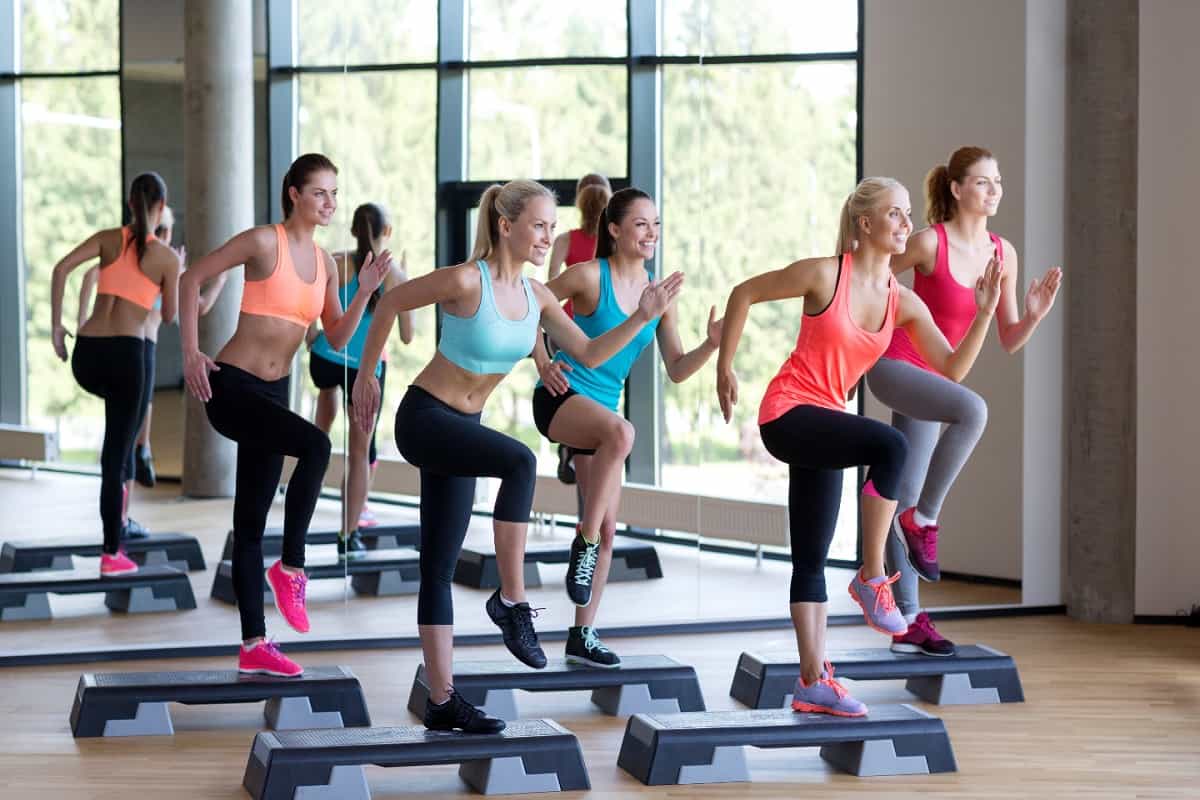When it comes to making healthy choices for your fitness and nutrition, the adage “knowledge is power” couldn’t be truer. Knowing how to train and challenge your body is one of the most valuable tools for optimizing performance—both when meeting short-term fitness goals (like dominating a 10K) and for adopting long-term habits that promote a lengthy, healthy life.
Not all workouts will give you the same results, so you need to learn what form of exercise is best suited to your goals. For example, if you’re after long, lean limbs and improved posture, you’ll want to do different exercises than if you’re going for muscle build. The simplest way to differentiate between the two primary types of exercise is to categorize activities as anaerobic or aerobic. If you have a fitness or weight loss goals that you’re having trouble reaching, you may not be doing the right workouts.
The basics
Boiled down to the most basic science, exercise is the physical contraction of muscles. An increased metabolic rate results from all exercise, whether a leisurely stroll or an intense uphill sprint. The higher the increased metabolic rate, the more energy (i.e. calories) burned. Similarly, the faster the muscle contractions, the more your metabolic rate increases. This means exercise focusing on intensity, rather than duration, will typically burn more calories post-workout.
Anaerobic exercise
Anaerobic exercise is characterized by short bursts of activity, which leads to an increased metabolic rate. As mentioned above, the faster the contractions of your muscles, the more energy used and the more your body has to work to return to a resting metabolic rate.
This means that anaerobic exercises are followed by higher, post-workout caloric burn than aerobic exercise. For example, short sprints burn more calories during and after a workout than a long-distance run. Because your body has to return to rest after repeated, high-intensity bursts, anaerobic exercises are important for weight loss and building lean muscle mass.
The perks of anaerobic
The best part about anaerobic exercise is that it offers more reward for less time. Examples of anaerobic activity include plyometrics, like jump squats, sprints, swim dashes, running stairs, and probably many similar activities that make you wince a little when you picture yourself performing them. Anaerobic exercise is difficult, but it’s also the quickest exercise method that simultaneously builds muscle and burns fat. And you don’t have to go to a gym or invest in a full dumbbell or kettlebell set in order to squeeze in your anaerobic workout. Aim for 30 minutes of a high-intensity circuit like this one:
1-minute jump rope
10 squat jumps
10 burpees
10 split lunge jumps
10 push-ups
Sprint up the nearest set of stairs, or do mountain climbers for 30 seconds.
1-minute plank pose
Repeat, and add 2 onto each exercise (i.e. doing 12 of each)
Repeat, and add 2 more onto each exercise (i.e. doing 4 of each).
Aerobic exercise
While anaerobic gets some well-deserved credit for its high efficiency, a well-rounded (and sustainable) fitness routine also incorporates some aerobic exercise. Oxygen-dependent, aerobic exercise can improve muscle quality, as opposed to muscle size, and includes physical activity that is lower in intensity and longer in duration. Aerobic exercise is important for heart health and endurance, and it gives your muscles a break from fast-twitch movements. The best approach to incorporating both of these forms of exercise is to rotate your days of longer duration exercise and high-intensity activity. For aerobic exercise, challenge yourself with a long run, swim a mile, or go for a bike hike or bike ride.
However you choose to get sweaty, mix-up your routine to keep your body guessing, and don’t forget to refuel with the right foods afterward.
Read More:- How To Properly Track Your Progress In Fitness























